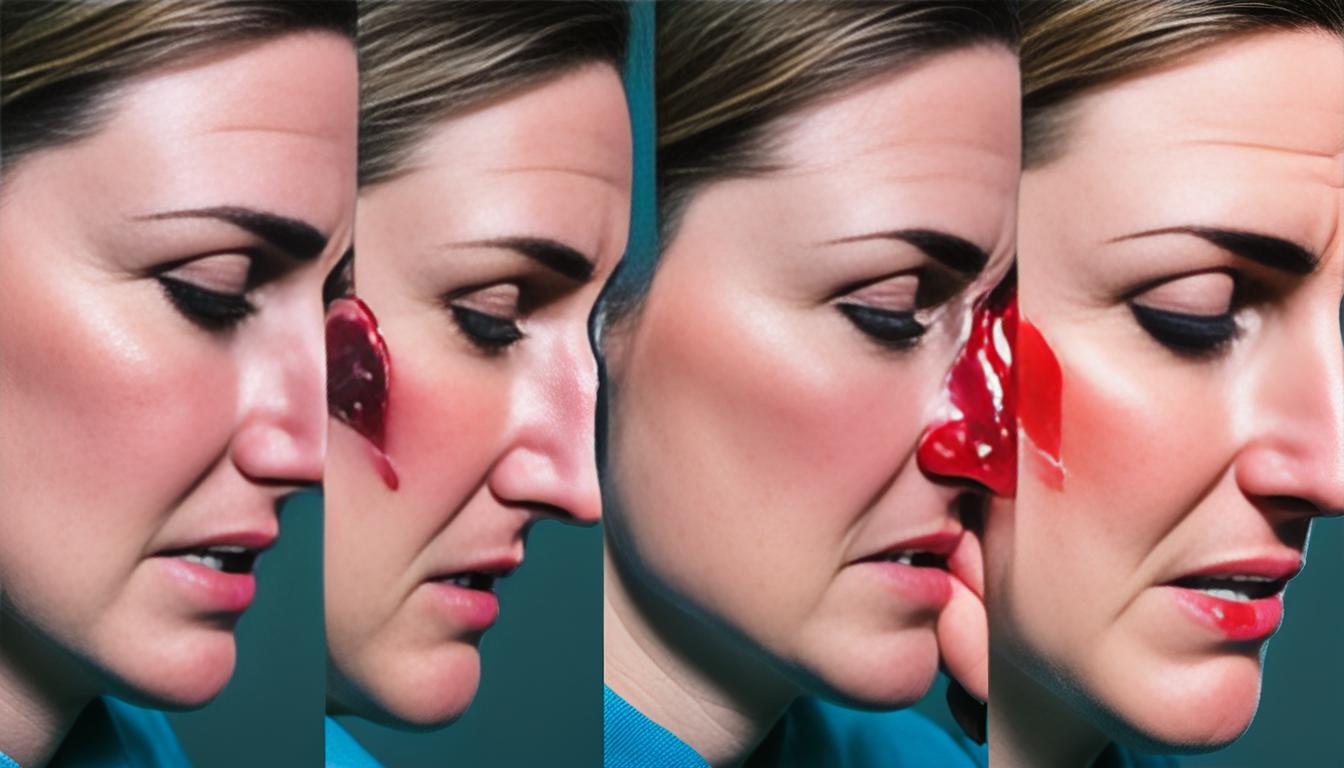A ruptured tympanic membrane, known as a perforated eardrum, happens when a tear or hole forms in the eardrum. This can be caused by infection, injury, or changes in pressure. Common triggers are using sharp objects in the ear and sudden pressure differences.
Symptoms may differ but can include sharp ear pain, painless discharge from the ear, and trouble hearing. If untreated, it may also lead to ear infections or buzzing in the ears.
Treating a ruptured eardrum focuses on managing pain and preventing infections. Sometimes, surgery to repair the eardrum is needed. Stem cell therapy is looked at as a future way to fix the eardrum and improve hearing.
Key Takeaways:
- A ruptured tympanic membrane, or perforated eardrum, is a tear or hole in the eardrum.
- Causes of a ruptured eardrum include infection, injury, and sudden pressure changes.
- Symptoms can vary and may include ear pain, hearing loss, and ear discharge.
- Treatment options include pain relief, infection prevention, and surgical repair if necessary.
- Stem cell therapy is being researched as a potential treatment for repairing the eardrum.
Symptoms and Diagnosis of Eardrum Ruptured
A ruptured eardrum is also known as a perforated eardrum. Its symptoms can differ from person to person. Yet, there are common signs to watch for:
- Ruptured eardrum symptoms: Sudden loss of hearing, which may be partial or complete.
- Ruptured eardrum symptoms: Ear pain or discomfort, which can range from mild to severe.
- Ruptured eardrum symptoms: Fluid leaking from the ear, often accompanied by blood or pus.
- Ruptured eardrum symptoms: Itching inside the ear, causing discomfort and irritation.
- Ruptured eardrum symptoms: Dizziness or vertigo, leading to a loss of balance and coordination.
- Ruptured eardrum symptoms: Temporary hearing loss, which may improve or worsen over time.
If you notice any of these symptoms, see an otolaryngologist. This is a doctor who specializes in ear, nose, and throat issues. A timely diagnosis and treatment can prevent problems and properly care for your ear.
The doctor will examine you using an otoscope. This tool lets them see the inside of your ear, including the eardrum. If it’s torn, they’ll see it easily. They might also do tests like a tympanometry or a hearing test to check how bad the injury is and look for other problems.
Finding out you have a ruptured eardrum is key to figuring out how to treat it. It’s not wise to try to diagnose yourself, as similar symptoms could point to different issues. Always rely on a doctor for a correct diagnosis and the best treatment.
Complications and Treatment Options for Eardrum Ruptured
If a perforated eardrum doesn’t get better in 2 months, it may cause an ear infection. This can then lead to hearing loss that’s permanent. Seeing a doctor early can stop this and find ways to heal and avoid problems.
The main aims in treating a ruptured eardrum are easing pain and cutting infection risks. Doctors might give you antibiotics to fight or stop infections. Also, keeping your ear dry and clean helps prevent more problems. Sometimes, the eardrum needs surgery if it won’t heal alone.
Recent medical progress also means new ways to treat this, like using stem cell therapy. This method can repair the eardrum and help improve your hearing. Stem cell therapy is showing it can rebuild damaged parts by helping the body heal itself.
To keep your ear safe and help it heal, do certain things. Always keep your ear dry and use cotton balls with Vaseline when you shower. Never put things in your ear. And it’s crucial to treat ear infections fast to avoid problems and help healing.

